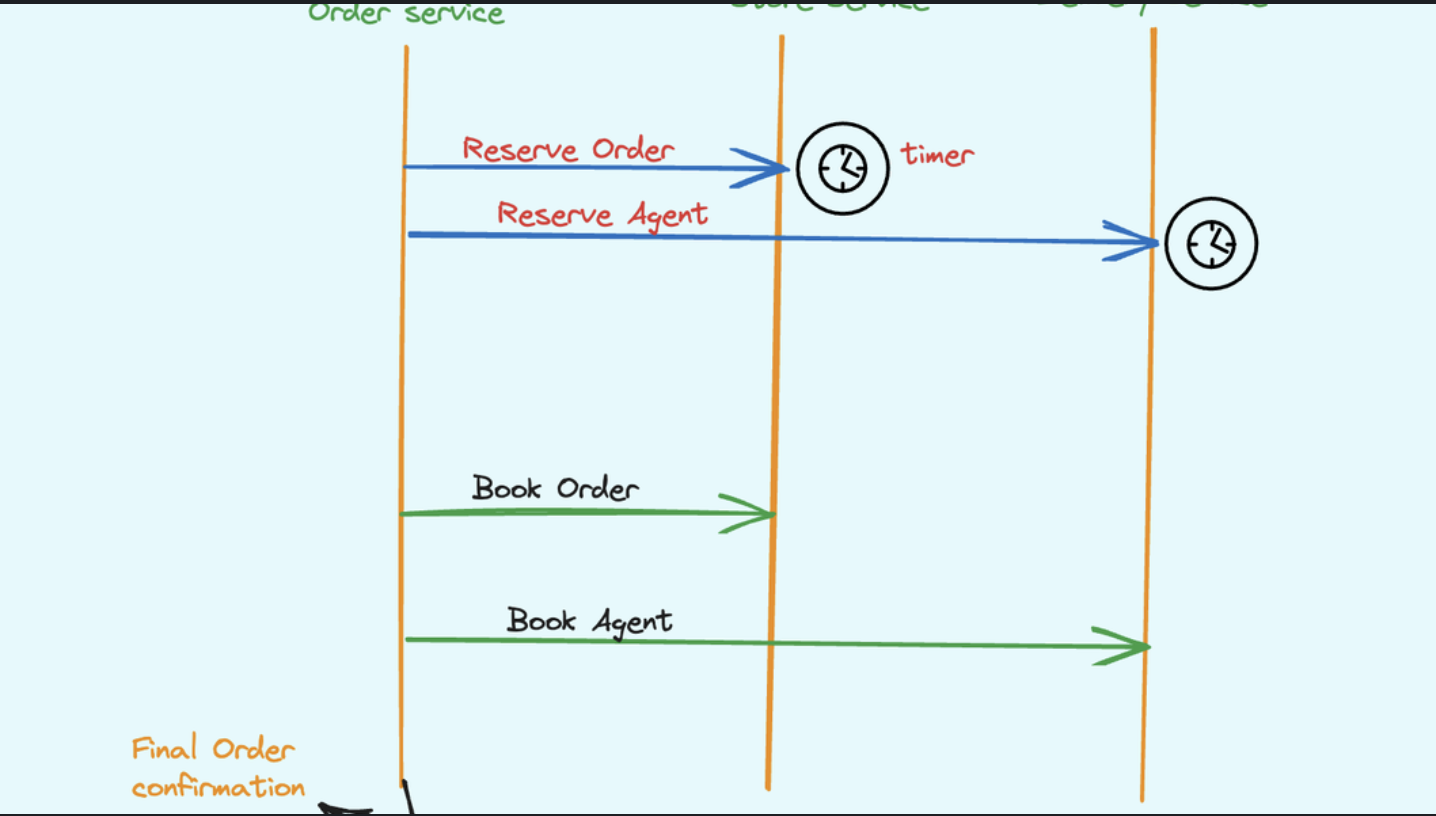Hey there, fellow database enthusiasts! Today, we’re diving into the exciting world of CLR (Common Language Runtime) functions in Microsoft SQL Server. If you’ve ever felt limited by T-SQL and wished you could harness the full power of .NET in your database, you’re in for a treat. Grab your favorite beverage, and let’s explore how CLR functions can supercharge your SQL Server experience!
What Are CLR Functions, Anyway?
Imagine being able to write complex logic, perform advanced calculations, or even interact with external resources right from within your SQL Server. That’s exactly what CLR functions bring to the table! CLR functions allow you to write procedures in .NET languages like C# or VB.NET and then use them seamlessly in your SQL queries. It’s like giving your database superpowers!
Why Should You Care?
- Performance Boost: For certain operations, CLR functions can significantly outperform their T-SQL counterparts.
- Flexibility: You can leverage the entire .NET Framework, opening up a world of possibilities.
- Code Reuse: Share code between your application and database layers.
- Complex Logic: Implement algorithms that would be cumbersome or impossible in T-SQL.
When Do You Really Need CLR ?
- Complex String Manipulation
- Advanced Mathematical Computations
- Regular Expressions
- File System Operations
- Cryptography and Encryption
- Web Service Interaction
- Custom Aggregates
- Working with Complex Data Types
- Performance-Critical Operations
- Reusing Existing .NET Code
For each situation, I’ve provided a brief explanation and a concrete example to illustrate the point. This addition should give readers a clearer understanding of when to consider using CLR functions in their SQL Server projects.
Setting Up the CLR Environment
Before we dive into the code, let’s make sure our SQL Server is ready for some CLR action:
- Enable CLR integration:
sp_configure 'clr enabled', 1
GO
RECONFIGURE
GO
- Set the database to TRUSTWORTHY:
ALTER DATABASE YourDatabaseName SET TRUSTWORTHY ON
Your First CLR Function: A Simple Example
Let’s start with a basic example. We’ll create a function that reverses a string – something that’s not straightforward in T-SQL but a piece of cake with CLR.
First, write your C# code:
using System;
using System.Data.SqlTypes;
using Microsoft.SqlServer.Server;
public class StringFunctions
{
[SqlFunction(IsDeterministic = true, IsPrecise = true)]
public static SqlString ReverseString(SqlString input)
{
if (input.IsNull)
return SqlString.Null;
char[] charArray = input.Value.ToCharArray();
Array.Reverse(charArray);
return new SqlString(new string(charArray));
}
}
Now, let’s deploy this to SQL Server: 1. Compile the C# code into a DLL. 2. Create an assembly in SQL Server:
CREATE ASSEMBLY StringFunctions
FROM 'C:\Path\To\Your\StringFunctions.dll'
WITH PERMISSION_SET = SAFE
- Create the SQL function that wraps your CLR function:
CREATE FUNCTION dbo.ReverseString(@input NVARCHAR(MAX))
RETURNS NVARCHAR(MAX)
AS EXTERNAL NAME StringFunctions.StringFunctions.ReverseString
Voilà! You can now use your CLR function in SQL queries:
SELECT dbo.ReverseString('Hello, CLR!')
Taking It Up a Notch: Regular Expressions
Now, let’s tackle something that’s notoriously tricky in T-SQL: regular expressions. With CLR, it’s a breeze!
using System;
using System.Text.RegularExpressions;
using System.Data.SqlTypes;
using Microsoft.SqlServer.Server;
public class RegexFunctions
{
[SqlFunction(IsDeterministic = true, IsPrecise = true)]
public static SqlBoolean IsValidEmail(SqlString email)
{
if (email.IsNull)
return SqlBoolean.False;
string pattern = @"^[\w-\.]+@([\w-]+\.)+[\w-]{2,4}$";
return new SqlBoolean(Regex.IsMatch(email.Value, pattern));
}
}
Deploy this function similarly to the previous example, and you’ll have a powerful email validation tool at your fingertips:
SELECT dbo.IsValidEmail('[email protected]')
Best Practices and Gotchas
- Security First: Always use the least privileged permission set possible for your assemblies.
- Performance Matters: While CLR functions can be faster, they’re not always the best choice. Profile and compare with T-SQL alternatives.
- Keep It Simple: For basic operations, stick with T-SQL. Use CLR for complex logic that T-SQL struggles with.
- Version Control: Treat your CLR code like any other code – use source control and proper deployment practices.
- Testing is Key: Thoroughly test your CLR functions, including edge cases and high concurrency scenarios.
Wrapping Up
CLR functions in SQL Server open up a world of possibilities. They bridge the gap between the database and application layers, allowing you to write powerful, flexible, and efficient database code. Whether you’re reversing strings, crunching complex algorithms, or validating data with regex, CLR functions have got your back.
Remember, with great power comes great responsibility. Use CLR functions judiciously, always keeping security and performance in mind. Happy coding, and may your queries be ever efficient!
Got any cool ideas for CLR functions? Drop them in the comments below – I’d love to hear how you’re pushing the boundaries of SQL Server with CLR! 💡



